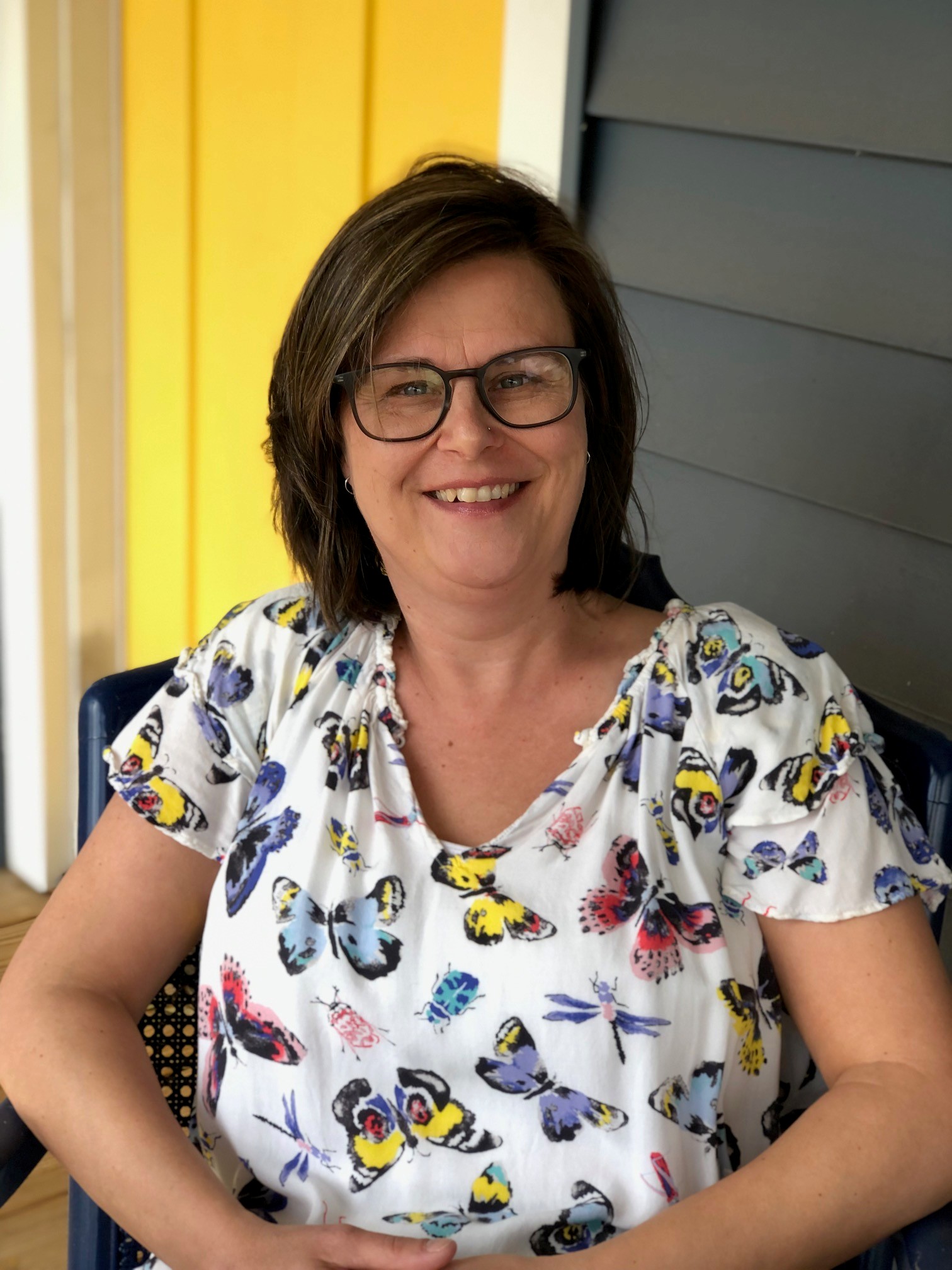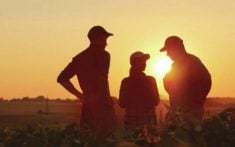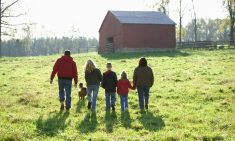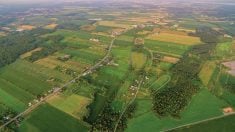[UPDATED: Jan. 9, 2023] We were feeling stuck,” Stacey Meunier recalls. For her and for husband Chad, the future was on hold. They knew what they wanted — to take over Paul Meunier and Sons Farms Limited, their family’s mixed farming operation in Barrhead, Alta., an hour and a half north of Edmonton — but succession was stalled.
Then, in 2015, the couple signed up for Canadian Total Excellence in Agricultural Management (CTEAM), a management education program that promises to provide producers with the knowledge and tools to implement strategic plans on their farms and ranches.
The Meuniers hoped the tools and strategies they’d learn about and the connections they’d make would help them become more successful no matter what that future would have in store, whether they’d take over the family cropping, feedlot and cow-calf operation or if they’d move forward on their own farm instead.
Read Also

What to consider when setting up farm-related business ventures
Things to consider before launching a farm-adjacent side business.
“The world is changing so fast and … we need to be searching out new and better ways to run our business,” Stacey Meunier says. “It was a push for us to go and get some education and learn something to be able to keep the farm viable and further the succession process.”
Canadian farmers are more educated than ever. Farmers with post-secondary education now make up over 35 per cent of the total, up from 26.3 per cent in 1996.
[RELATED] It’s about winning
Given that much of that rise is skewed to younger age groups, it shows a clear trend toward the further professionalization of farming. But there’s also a second shift underway that may prove equally powerful.
Even among mid-career producers who already have significant formal education and a ton of farming experience, there’s a big jump in demand for high-level business training.
One of the leaders of mid-career farm business training in the U.S. puts it into perspective. “Many of our farm operations over the last 10, 20, 30 years have grown from relatively small farming operations to large, very complex agricultural operations,” says Mark Welch, agricultural economist at Texas A&M University.
“Many of the same farmers, as their operations became much larger and more sophisticated, didn’t have the concurrent increase in professional business training … that they needed to survive and be successful.”
Texas A&M University launched The Executive Program for Agricultural Producers (TEPAP) in 1991 as a kind of micro-MBA for farmers. The intensive program lasts one week (with a followup session held after one year) and covers topics ranging from personnel management, negotiation and forecasting financial position to niche market evaluation and international business development for large-scale farming and ranging operations.
And here’s something else to take note of. TEPAP may be based in Texas, but up to 30 per cent of attendees are from Canadian farms.
“It’s not cheap to come to the program … it’s the cost of time as well as the financial commitment,” Welch acknowledges.
“It’s an indicator of how important the program is and how badly this information is needed that producers are realizing that they need access to more resources and information to refocus or enhance the vision they have for their operations.”
Meanwhile, north of the border, Agri-food Management Excellence (AME) introduced Canadian Total Excellence in Agricultural Management (CTEAM) in 1998, also aimed at high-end business training for farmers.
“Our goal is to get farmers thinking strategically, taking learning beyond the farm gate,” says Heather Broughton, principal for AME.
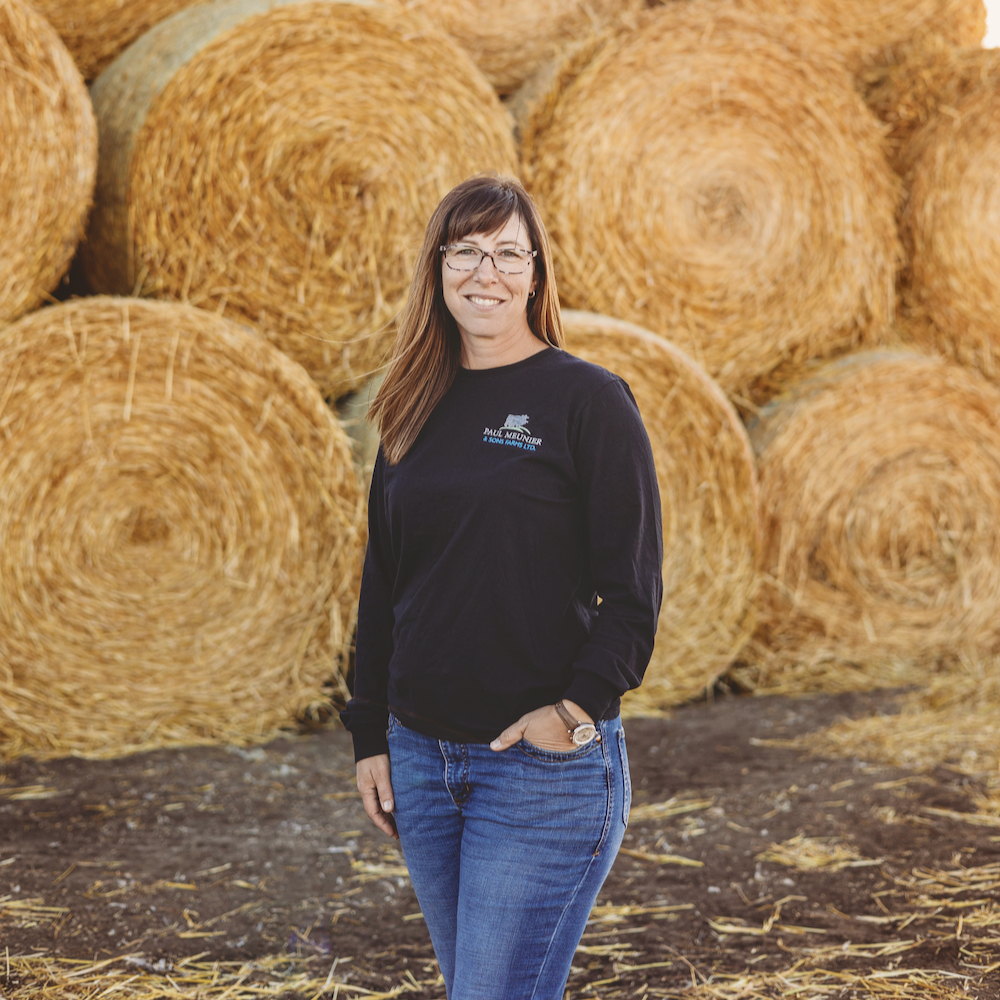
CTEAM attracts producers across a range of backgrounds from mid-career farmers and those returning to the farm after a prolonged absence to farm families going through succession. The farms are varied too, ranging from small operations to farms with thousands of acres.
Broughton has also noticed an increase in the number of women who are attending the program and taking an active role in farm operations.
[RELATED] Five moves to make in 2022
It’s a positive move, she says. “We suggest all decision-makers attend and have the same opportunities to have a voice in creating a plan, be on the same page, and learn the same skills,” she adds.
TEPAP and CTEAM teach via hybrid delivery models and they keep classes small, since they believe these approaches get farmers applying classroom lessons to their operations faster.
CTEAM limits classes to 25 producers and chooses strategically selected locations for the in-person portion of the program in order to incorporate tours of innovative, successful operations. These help deepen the understanding of the principles taught in classes and how they can be applied in various operations.
“It’s the direct application of learning to their businesses, using their own farm data and working on their farm as they go through the program,” says Broughton. “We hope (CTEAM) allows farmers to build, grow and strengthen their businesses.”
Ideas into action
In 2019, Manitoba’s Richard Dureault travelled from the home farm at Fannystelle, an hour west of Winnipeg, to College Station, Texas, to participate in TEPAP.
Dureault and his brother are fourth-generation farmers and partners in JR Brothers Farms, growing canola, soybeans, corn, wheat and oats. Although the grain operation is successful, the Dureaults wanted to expand.
The goal for that trip to TEPAP was more concrete than that, though. The brothers talked about increasing both the number of acres and the number of customers served through their custom planting business, but they had come to see they needed help developing a concrete plan to make those things happen.
“We realized that if we wanted those acres and to pick up more customers, we had to upgrade our tractor and planter; it had to get into our capital equipment budget a bit earlier,” Dureault explains.
“Those used to just be aspirations; the program led us from what we wanted to how do we get it.”
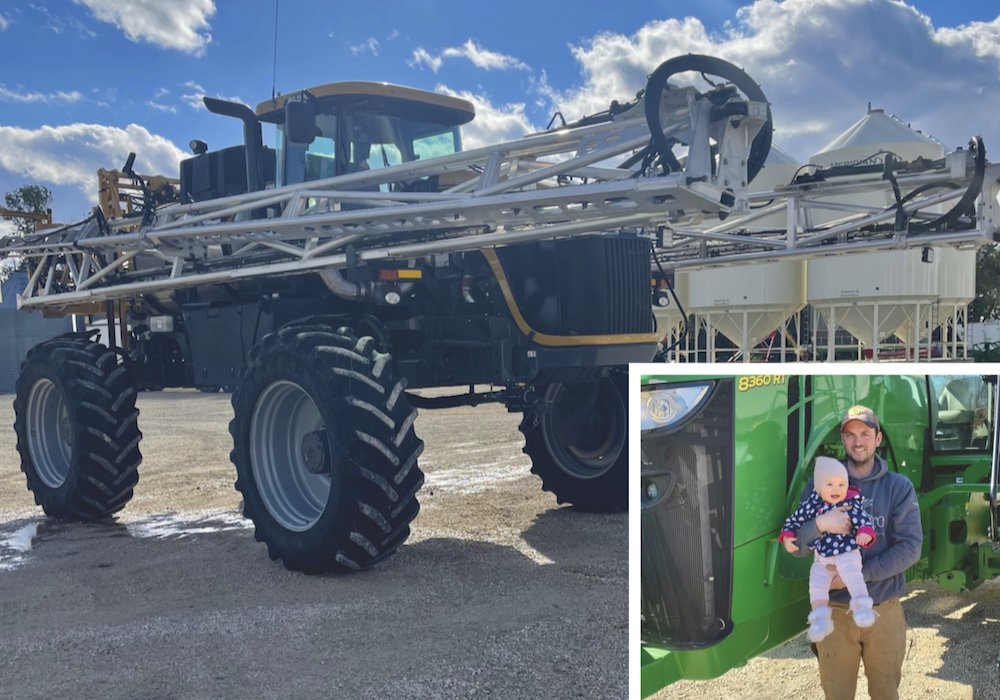
Through TEPAP, Dureault had opportunities to learn from different operations of different sizes with different management structures. Those interactions, coupled with formal training, helped them create formal operating procedures and develop one-, three- and five-year plans to achieve the farm goals.
“We started looking at the farm as more of a business … and we’ve found greater success in managing it that way,” he says. “We met with so many different operations … and it helped us see the techniques that are needed to succeed.”
For the Meuniers, CTEAM modules in financial planning were worth the cost of the tuition. The program helped Stacey put together an attractive loan package that allowed Paul Meunier and Sons Farms to secure essential loan funding.
“Part of the succession process was getting the right financial partner on board (so) Chad and I had to sell ourselves to the bank,” Meunier says. “I was able to put a package together that showcased our skills to the bank and we had the tools to do it (because of CTEAM).”
The classes also helped with succession. In addition to learning about the mechanics of transferring the farm from one generation to the next, the couple discovered their succession was stalled due to interpersonal relationships and legacy, not numbers. With that knowledge, they hired a consultant to help navigate the process.
“That’s what propelled the succession forward,” Meunier recalls. “Once we had the right person in place to help us … the mechanics of succession were really quite easy.”
Curriculum and connections
The value of the programs like CTEAM, TEPAP and other high-level business management classes derives from their hybrid model and interactions between participants, says TEPAP’s Welch.
“When you leave this program, you’ve been exposed to really good information and you’ve also developed a lot of really good relationships that will help you with the challenges you face today and the ones you’ll encounter as you forge ahead,” he says.
Different farmers attend with different expectations, though.
Meunier used the time between sessions to digest the information and begin incorporating it on the farm.
Dureault, meanwhile, wanted to keep his focus confined. He had no intention of “coming home and tipping his entire operation on its head” but he was able to make changes that enhanced its success and he made valuable long-term connections.
“Some are from Saskatchewan, Alberta, Kansas, Ohio … even though we’re all still ag, it’s amazing how different each operation is,” Dureault says. “That was one of the parts of the program that I enjoyed the most.”
Also interesting is that the two farms see business training as an ongoing opportunity that will continue to pay off. Dureault plans to enrol in the TEPAP alumni program and to engage in other continuing education programs as well.
And since participating in CTEAM, Meunier has completed LeaderSHIFT — a national farm leadership program — and she hopes to join Empowering Lasting Leadership Excellence (ELLE), a new program for women farm leaders offered through Agri-Food Management Excellence.
“CTEAM didn’t change what we do, it changed how we do it,” Meunier says.
“(Continuing education) expands your view. Every session we go to, we come back not only energized, but with new ideas and it gives me focus to keep going. We’ve made tremendous gains and I can point all that back to the education we’ve taken.”
Next Steps
What are today’s ambitious farmers doing to keep growing, and how differently are they managing their farms than just a decade ago?
Of course the specifics vary from farm to farm, but more Canadian farms are adopting sophisticated business strategies to get to their next step.
For producers like Kristjan Hebert, president of Hebert Grain Ventures (HGV), a 30,000-acre grain and oilseed operation in southeast Saskatchewan, farming in 2022 means finding ways to turn “treat it like a business, not a family farm” from a slogan into a way of operating.
Hebert also co-owns Maverick Ag, a consulting and financial management company, and recently launched a new venture, Farmer Coach, with Evan Shout, who is also HGV’s chief financial officer.
A big learning for Hebert has been that if he gets too immersed in day-to-day operations, there is no room and time to plan, grow and build a better business.
“Ten years ago, farmers just had to focus on growing a really good crop,” Hebert says. “Now, all of a sudden, the farm manager has to be a good CEO because they need to have a vision and convince people to come work for them. They need to be a COO because they have to have a plan every day to still actually get everything done. They need to be a CFO because they’ve got to deal with their banks … more farmers are dealing with at least a million dollars of revenue, if not more, on a yearly basis. Then they have to be their own chief technology officer and they are probably their own heavy-duty mechanic and best operator.”
In any other business, each of those functions would be a separate role and a separate person. That may not be possible on all farms. But then, it may not be impossible either.
That’s the crux of the next big learning for Hebert. “Some farms spend a lot of time focusing on what keeps them busy but not necessarily what makes their business better.”
Four core skills
Dean Klippenstine, a CPA at MNP in Regina, believes the four core skills needed to run a successful farm are financial, mechanical, agronomic and strategic planning, and he agrees that no one person can be good at them all.
“Focus on whatever skills you have as the key farm operator or owner, and make sure you backfill the other ones you don’t have,” he says.
Remember, he adds, a person with more expertise in those areas is likely to also have more experience. That’s critical because they’ve seen the mistakes that you haven’t seen, and they know how to diagnose and correct them.
“The great agronomists out there have all had massive screw-ups and they remember those,” Klippenstine says. “Learning from other people’s mistakes is always a better way than making them yourself, so harvest those skill sets around you.”
Factors from technology to increased volatility in global markets have forced farm owners and operators to manage their farms differently. And increasingly, the top performers have a whole team behind them that supports their growth and success.
In Hebert’s case, he knew that growing HGV meant growing his team, and that the two things were mutually dependent.
“I knew that the larger we were, the more defined roles we could have and the better people I could have,” Hebert says. “Unless we got larger, I couldn’t afford my own CFO, or heavy-duty mechanic or farm manager, but I also realized that I wasn’t the best person to be doing it all.”
Hebert had two options: either he’d hire a bunch of outside help and contractors to help with those roles, or he’d go internal and build his own team inside the business, which is what he did.
“What drove our growth (was) the idea that people aren’t an expense, they’re an investment,” he says, adding he has also learned how to engage and motivate employees, and how to avoid micromanaging people and give them space to grow within their roles.
That’s as essential as hiring the right employees, Hebert says, “The normal team member doesn’t want their job description to be, ‘Do what Kristjan tells you to do every morning.’”
*Update: an incorrect byline was attributed to the article. We apologize for the error.

